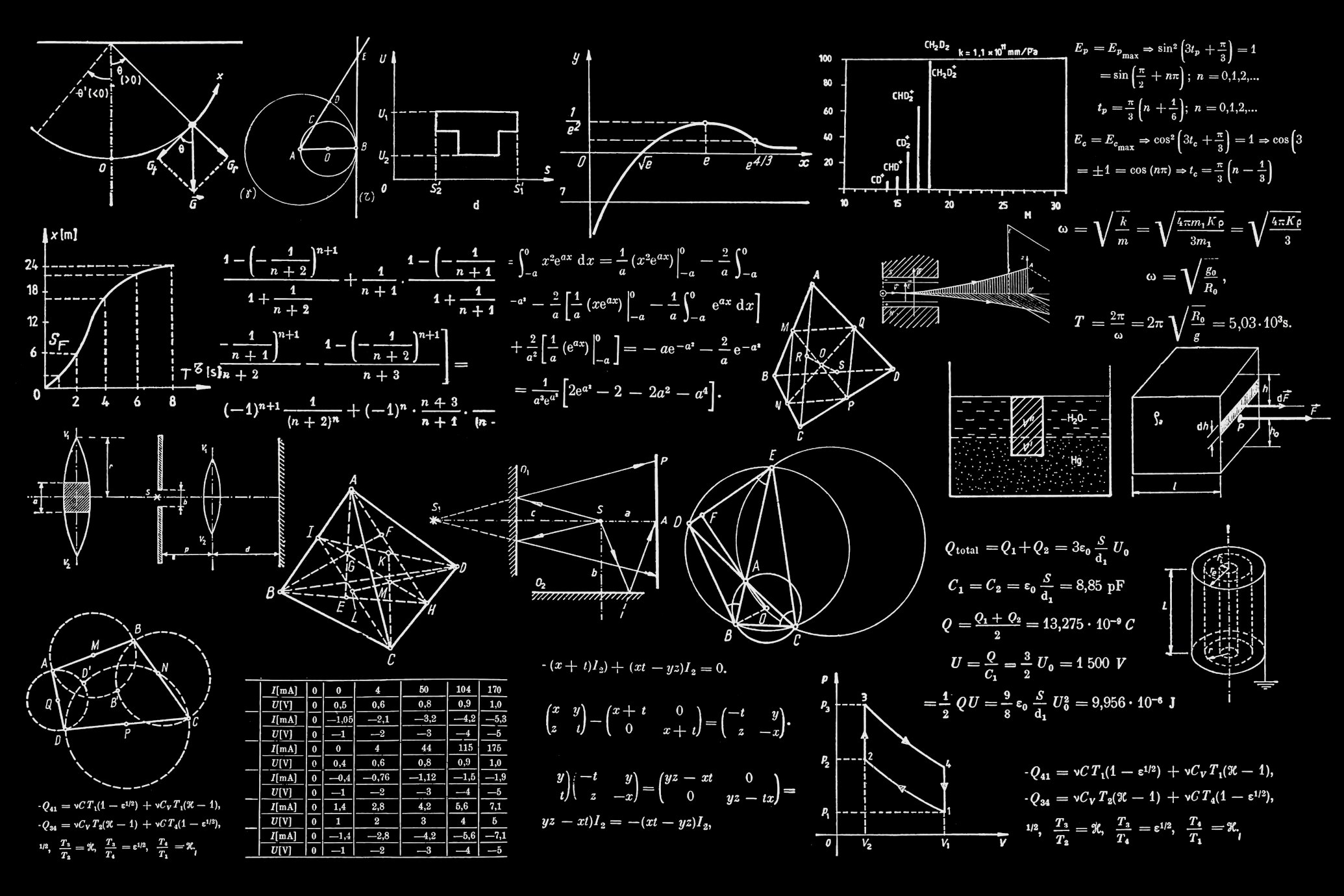The Silent Revolution in Plasma Science
How the COST Jet Solved Reproducibility Crisis
Navigation
Introduction: The Plasma Paradox
Imagine a world where every laboratory's light bulb flickered differently despite identical manufacturing—this was the reality of atmospheric plasma research before 2015. Cold atmospheric plasmas, ionized gases at room temperature, promised revolutionary applications in medicine, materials science, and biotechnology. Yet their development was hampered by a critical problem: irreproducible results. When researchers in Berlin and Tokyo observed different biological effects using ostensibly identical plasma devices, collaboration stalled and progress sputtered. The culprit? A lack of standardized plasma sources.

Why Reproducibility Matters
- Enables cross-lab collaboration
- Facilitates clinical translation
- Accelerates technology development
Anatomy of a Standard: What Makes the COST Jet Unique
The Cross-Field Design
The COST jet's genius lies in its perpendicular electrode configuration:
- Two 30-mm stainless steel electrodes sandwich a 1 mm × 1 mm quartz channel
- Gas flows between electrodes while the electric field acts across them
- This traps charged particles within the jet, releasing only neutral reactive species into the effluent 9

The Measurement Ecosystem
Reproducibility extends beyond hardware. The COST jet integrates diagnostic modules directly into its architecture:
Voltage Probes
Pin sensors at powered electrodes
Current Sensors
Precision resistors in series with ground
The Reproducibility Crucible: A Landmark Multi-Lab Study
Methodology: Four Jets, One Protocol
In 2020, researchers conducted a definitive experiment to stress-test COST jet uniformity 1 :
- Sample Preparation: Four jets from the same batch were ultrasonically cleaned to erase "historical" contamination.
- Gas Standardization: All jets received 1 slm helium + 0.5% oxygen—the mix maximizing atomic oxygen yield 9 .
- Power Control: A 13.56 MHz RF generator fed through identical 50 Ω coaxial cables.
- Multi-Parameter Screening: Each jet was analyzed for electrical characteristics, temperature profiles, reactive species densities, and biological efficacy.
Electrical Consistency Across Devices
| Parameter | Jet 1 | Jet 2 | Jet 3 | Jet 4 | Variance |
|---|---|---|---|---|---|
| Power (W) | 1.18 | 1.22 | 1.19 | 1.21 | ±1.7% |
| Voltage (V_RMS) | 224 | 230 | 227 | 228 | ±1.3% |
| Current Phase | 87° | 85° | 86° | 87° | ±1.1° |
Species Density Reproducibility
| Species | Technique | Density (cmâ»Â³) | Variance |
|---|---|---|---|
| Atomic Oxygen | TDLAS | (1.8–2.1) × 10¹ⵠ| 4.9% |
| Ozone | UV Absorption | (3.0–3.2) × 10¹ⵠ| 3.1% |
| He Metastables | Optical Emission | (0.9–1.1) × 10¹² | 8.2% |
Results: The Triumph of Uniformity
Beyond the Blueprint: Applications Unleashed
Medical Frontiers
- Antiviral Shields: A neon-driven variant inactivated 99.9% of murine hepatitis virus (a SARS-CoV-2 proxy) via ROS-mediated capsid damage 5 .
- Wound Healing: ROS doses from standardized jets accelerated diabetic ulcer healing in clinical trials by modulating inflammation.
Nano-Engineering
- Photoresist Etching: 0.5% O₂ admixture enabled 10 μm/min polymer etching—rivaling low-pressure systems without vacuum costs 9 .
- Surface Functionalization: Polypropylene films gained 50% hydrophilicity after uniform O-atom treatment, aiding biocompatible coatings.
Environmental Innovation
- Portable Detectors: Chemiluminescence triggered by COST jet effluent detected toxic nitrites at 0.01 mmol/L—below WHO limits 6 .
99.9%
Viral inactivation rate
10 μm/min
Etching speed
0.01 mmol/L
Detection sensitivity
The Scientist's Toolkit: Essentials for Plasma Reproducibility
Core Reagents & Components
| Component | Function | Optimal Specification |
|---|---|---|
| Helium Carrier Gas | Sustain stable discharges | 99.999% purity, 1 slm |
| Oxygen Admixture | Tune ROS production | 0.5–0.6% of gas flow |
| Voltage Probes | Monitor RF power delivery | Capacitive, <1 pF load |
| Quartz Electrode Windows | Enable optical diagnostics | 1 mm thickness |
| Precision Resistor | Measure discharge current | 10 Ω ± 0.1% |
Conclusion: The Reproducibility Ripple Effect
"The COST jet isn't just a tool—it's a common language."
The COST jet's legacy transcends plasma science. By solving reproducibility, it enabled:
- Cross-Lab Collaboration: Data from 50+ groups is now directly comparable.
- Clinical Translation: Standard ROS doses permit reliable medical protocols.
- Next-Gen Designs: Voltage-waveform-structured electrode synergies promise adaptive plasma sources 7 .
In a field once fragmented by incompatible devices, this unassuming microplasma jet taught scientists that uniformity isn't the enemy of innovation—it's the foundation.